The best time to observe snowy owls is usually at dawn and dusk. During these times of day, they can be seen perching atop trees or flying in the sky searching for prey. For those looking to spot a snowy owl, it is important to look in open areas with tall grass and trees, as this is where they are most likely to live.
Snowy owls are also more visible during the winter months when the snow provides them with camouflage. The months of December through March are ideal for spotting these majestic birds.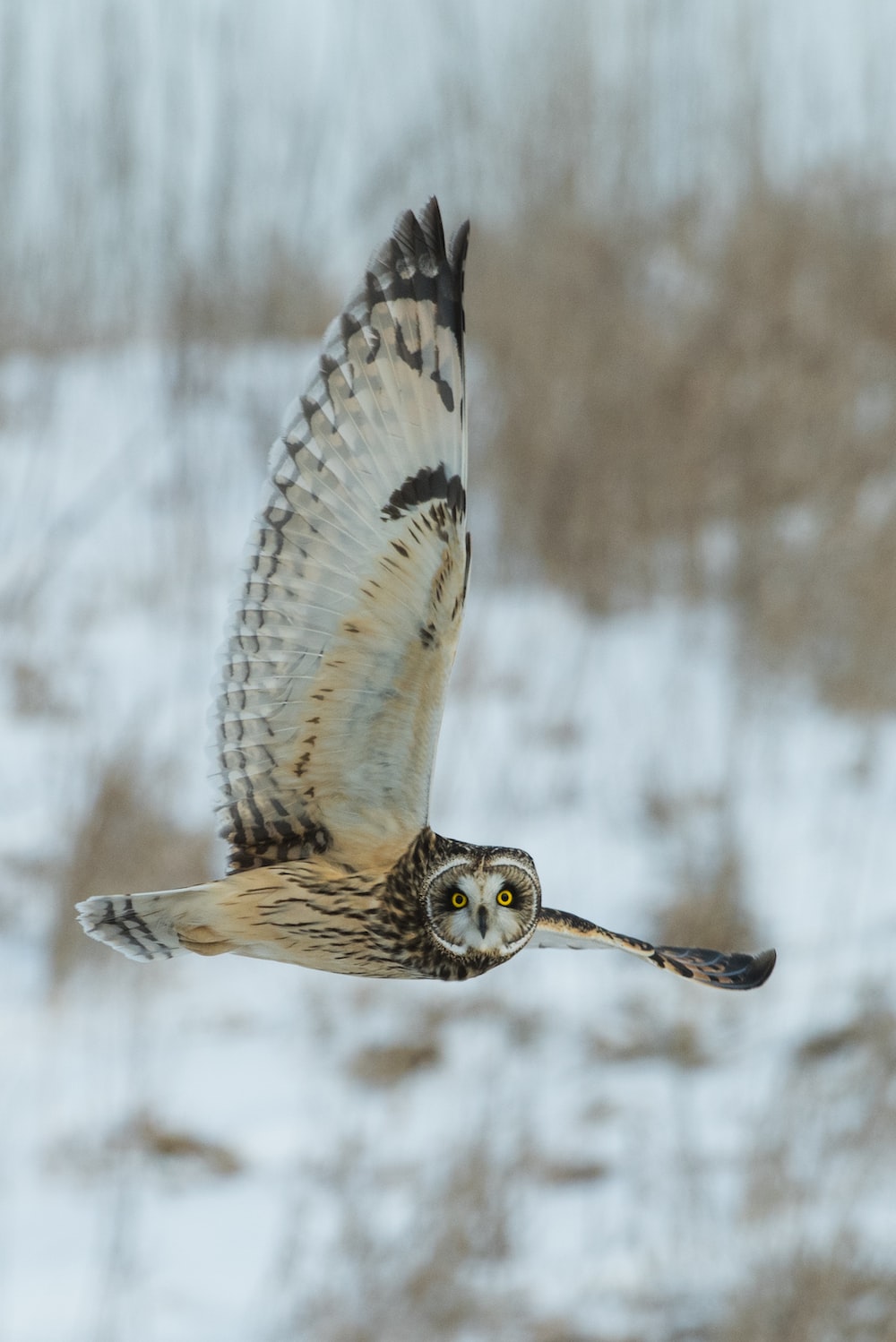
Los búhos nevados son una especie de ave fascinante, caracterizada por su hermoso plumaje blanco y sus habilidades de caza nocturna. Si desea descubrir el mejor momento para verlos, se recomienda una salida al atardecer. Esto le permitirá tener la oportunidad de verlos a medida que salen a cazar en las horas oscuras de la noche. Una vez que hayan salido, podrá admirar su hermosa apariencia y comportamiento. Además, esto le permitirá disfrutar de la tranquilidad de la naturaleza, mientras aprecia una de las mayores bellezas de la vida silvestre.
Introduction
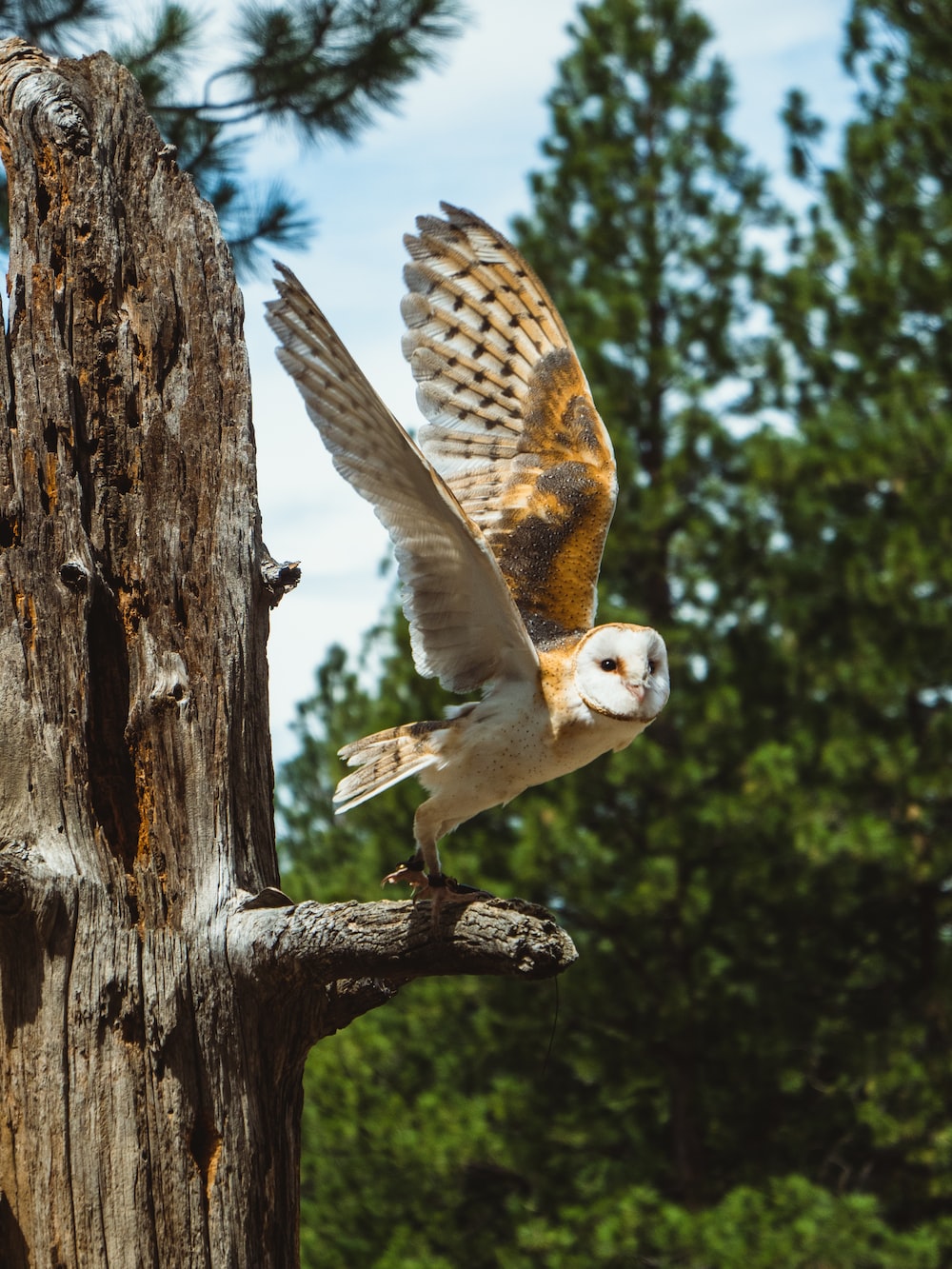
The best time to observe snowy owls is usually at dawn and dusk. During these times of day, they can be seen perching atop trees or flying in the sky searching for prey. For those looking to spot a snowy owl, it is important to look in open areas with tall grass and trees, as this is where they are most likely to live.
Snowy owls are also more visible during the winter months when the snow provides them with camouflage. The months of December through March are ideal for spotting these majestic birds.
Best Times of Day to Spot Snowy Owls
Snowy owls are majestic creatures that can often be seen in the early morning or late evening. They prefer to hunt in wide open spaces, so they may be found out in the open fields or near large bodies of water. To increase your chances of spotting one, try to visit the areas where they are known to be during the times of day when they are most active. Be sure to bring binoculars and a camera to capture the moment.
Snowy owls are opportunistic feeders, so you may have luck finding them near small rodents, rabbits, and other small mammals. Be sure to keep a respectful distance and observe them from afar.
By following these tips, you can increase your chances of encountering a snowy owl in the wild.
Habitats Where Snowy Owls Can Be Found
 Snowy owls are majestic birds that can be found in a variety of habitats. They inhabit the Arctic tundra and can be seen in open fields, marshes, and even coastlines. They prefer to hunt during the day and use their keen eyesight to spot prey. They also have excellent hearing and excellent camouflage, allowing them to blend in with their snowy environment.
Snowy owls are majestic birds that can be found in a variety of habitats. They inhabit the Arctic tundra and can be seen in open fields, marshes, and even coastlines. They prefer to hunt during the day and use their keen eyesight to spot prey. They also have excellent hearing and excellent camouflage, allowing them to blend in with their snowy environment.
Snowy owls are extremely adaptable to their environments and can thrive in both warm and cold climates. They are also able to travel long distances, making them a true marvel of nature. While they may be found across the Arctic, they can also be found further south in more temperate regions.
For those looking to observe these beautiful birds in their natural habitat, there are a number of options available. Parks, nature reserves, and other wildlife sanctuaries are great places to look for snowy owls. Additionally, coastal areas, islands, and wetlands are all potential sites for viewing these amazing birds.
Migration Patterns of Snowy Owls
Snowy owls are fascinating creatures known for their ability to migrate immense distances. Every year, they travel from their Arctic breeding grounds to more temperate habitats in the northern and southern hemispheres. Many snowy owls will congregate in areas where food is abundant, such as near coastlines or in open fields. To stay safe during their long migrations, they fly during the day, resting at night.
Migration patterns of snowy owls are still being studied, as conservationists work to protect this species. With careful monitoring of their movements, researchers are able to better understand the impact humans have on their habitats and find ways to ensure the snowy owl’s future.
Learn more about the incredible journey of the snowy owl and how you can help them today!
Food Sources for Snowy Owls
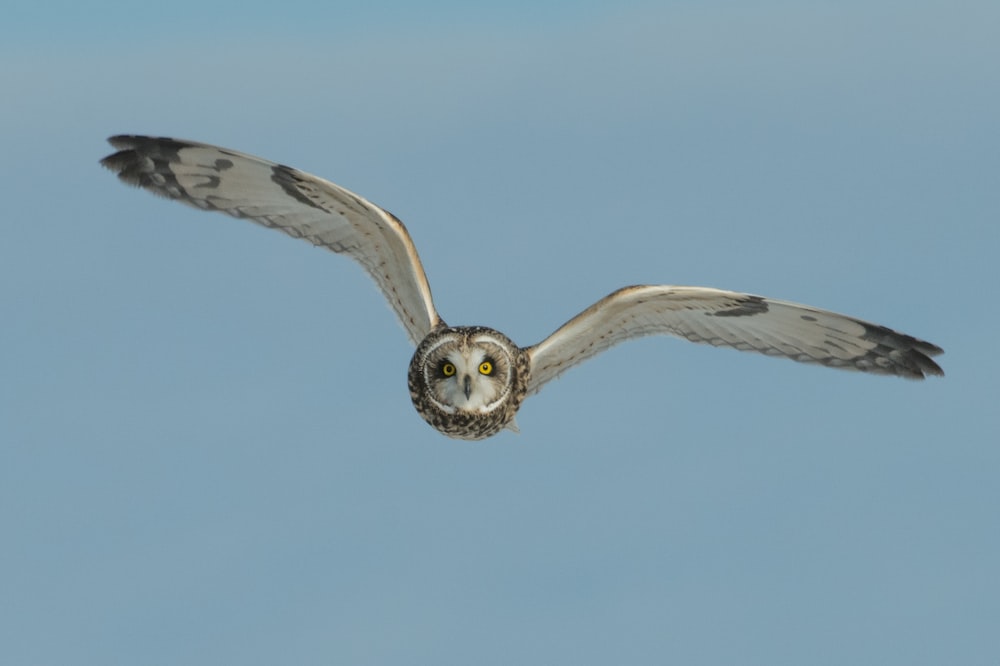 Snowy owls depend on a variety of food sources to sustain their energy. Animals such as lemmings, voles, and hares are staples of the snowy owl diet. Alongside these small mammals, birds like ptarmigans, ducks, and short-eared owls can also be found in its menu. Insects, fish, and other small creatures available in the environment may also be consumed by the owl.
Snowy owls depend on a variety of food sources to sustain their energy. Animals such as lemmings, voles, and hares are staples of the snowy owl diet. Alongside these small mammals, birds like ptarmigans, ducks, and short-eared owls can also be found in its menu. Insects, fish, and other small creatures available in the environment may also be consumed by the owl.
In addition to seeking out wild prey, snowy owls may also benefit from human-provided sources of food. Bird feeders, garbage dumps, and carcasses from hunting activities can provide supplemental nutrition to the owl.
Behavioral Habits of Snowy Owls
Snowy owls are fascinating creatures with unique behavioral habits. They can be found in the Arctic tundra, where they feed on small rodents and birds. They are nocturnal, and spend much of the day perched in trees or on the ground. They have keen eyesight and hearing, allowing them to spot prey from a distance. During the summer they migrate south, sometimes traveling thousands of miles. Snowy owls are social creatures, often gathering in groups during the breeding season. Despite their beauty, snowy owls remain elusive and mysterious.
Snowy Owl Predators
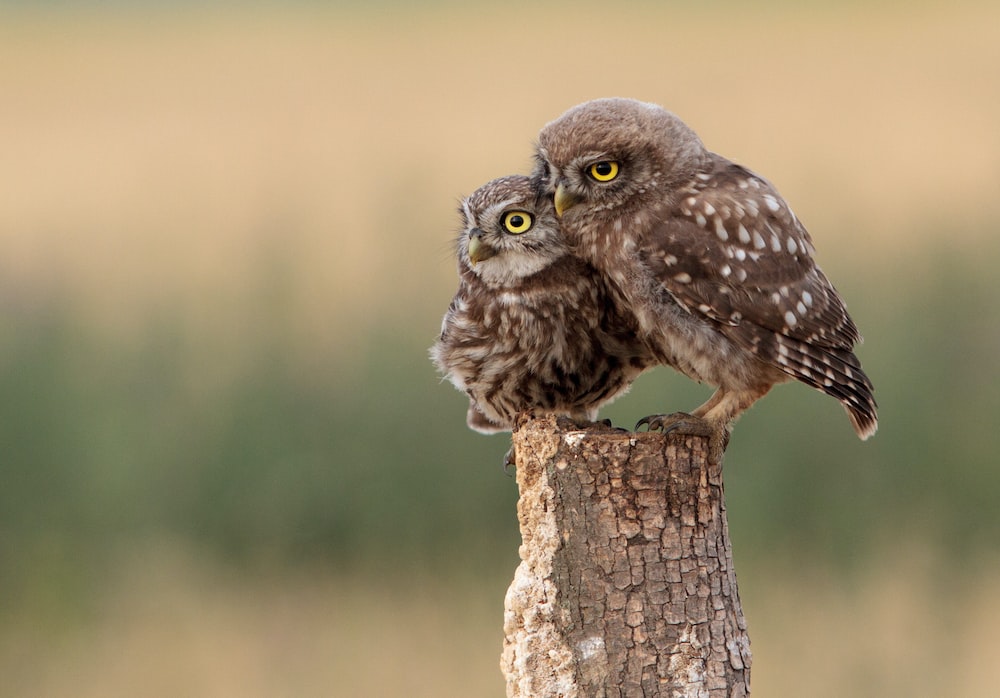 The Snowy Owl is an iconic species, often seen in colder climates. They are at the top of their food chain and have few predators. Their main predators are other birds of prey such as eagles, falcons, and hawks. They also face threats from humans, such as habitat destruction and illegal hunting. The Snowy Owl population is declining due to these factors, making them an endangered species. Conservation efforts are essential to ensure their long-term survival.
The Snowy Owl is an iconic species, often seen in colder climates. They are at the top of their food chain and have few predators. Their main predators are other birds of prey such as eagles, falcons, and hawks. They also face threats from humans, such as habitat destruction and illegal hunting. The Snowy Owl population is declining due to these factors, making them an endangered species. Conservation efforts are essential to ensure their long-term survival.
Snowy Owls are an important part of the ecosystem and must be protected.
Conservation organizations and government agencies are working to protect this species and their habitats. By protecting the Snowy Owl, we can help keep the natural balance intact.
Conservation Efforts for Snowy Owls
Snowy Owls are a beautiful and majestic species of bird that inhabit the Arctic tundra of North America. Conservation efforts have been ongoing for many years in order to ensure the survival of this species. These efforts have included habitat restoration and protection, population monitoring, and reintroduction programs. By taking steps to protect and restore their habitats, we can help to ensure the future of these animals. Additionally, monitoring populations helps us to identify areas in need of extra attention and resources. Reintroduction programs also provide an opportunity to return Snowy Owls to their native habitats. With the help of our conservation efforts, we can help ensure that Snowy Owls remain part of our world for generations to come.
Hunting Regulations for Snowy Owls
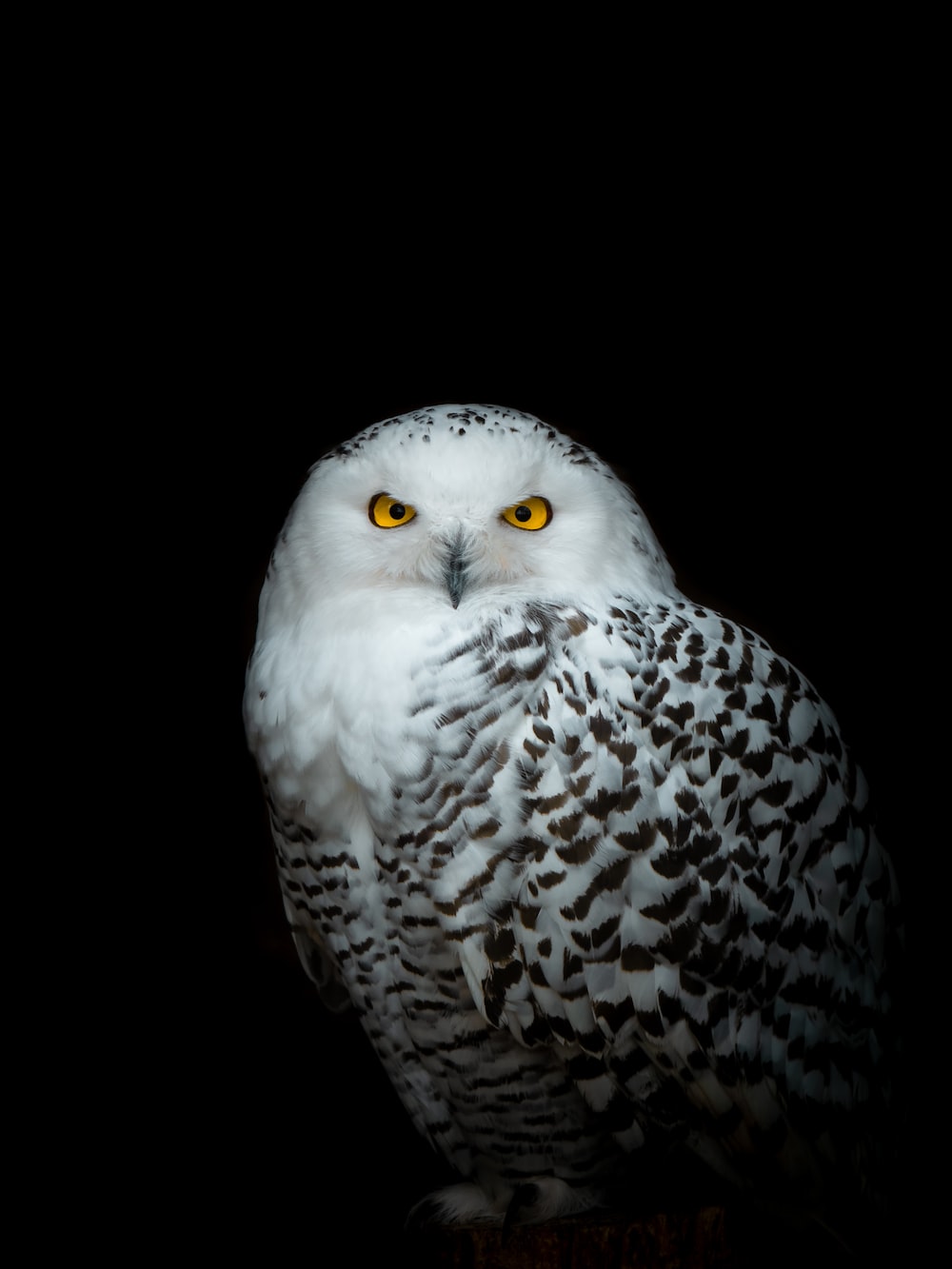 Snowy owls are a majestic species of raptor that can be found across Canada. Hunting regulations for these birds vary depending on the province, with some allowing hunting and others providing strict protection. It is important to check local laws before engaging in any activities related to snowy owls. Special permits may be required in some cases.
Snowy owls are a majestic species of raptor that can be found across Canada. Hunting regulations for these birds vary depending on the province, with some allowing hunting and others providing strict protection. It is important to check local laws before engaging in any activities related to snowy owls. Special permits may be required in some cases.
When hunting snowy owls, it is important to follow all applicable regulations and to respect the birds’ habitats. Hunting should only be done when necessary and all efforts should be made to minimize disturbances to the owls.
Remember that these birds play an important role in their ecosystems and any action taken should consider their conservation status.
conclusion
Snowy owls can be seen in the early morning hours and late afternoon. To increase chances of seeing one, it is best to visit locations with open fields or grasslands at these times.
Look for tall trees and posts as they are often perching on them.
Make sure to bring binoculars and dress warmly when viewing snowy owls, as they are often found in colder climates.
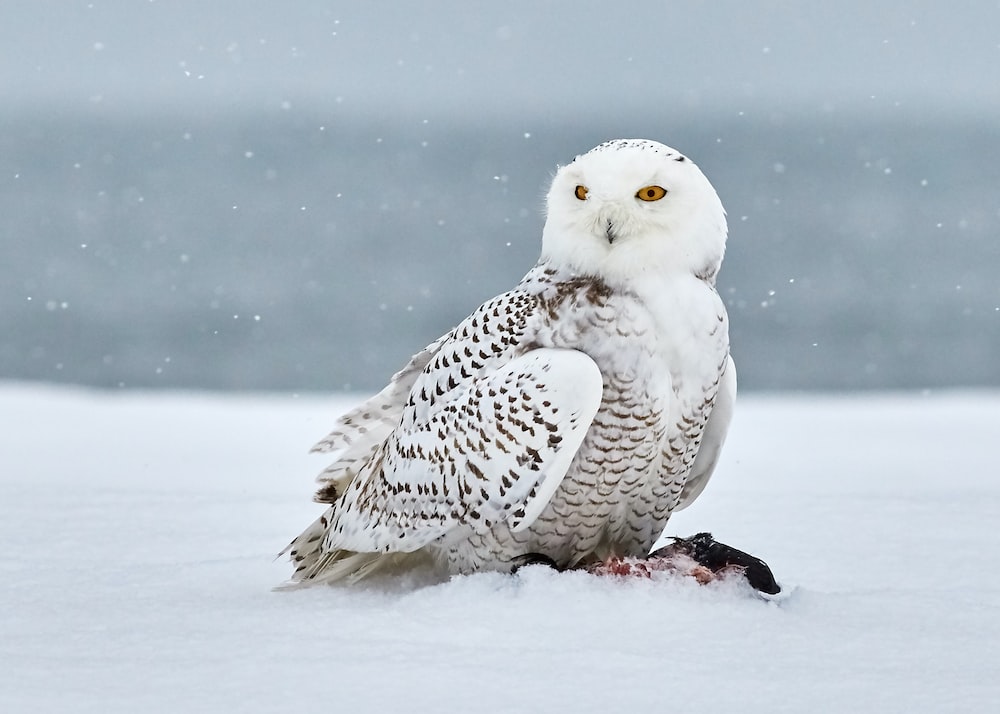
Some questions with answers
When is the best time of day to see snowy owls?
The best time of day to see snowy owls is usually in the early morning or late afternoon.
Do snowy owls mate for life?
No, snowy owls do not mate for life.
What habitat do snowy owls prefer?
Snowy owls prefer open tundra and grasslands.
Where can snowy owls be found?
Snowy owls are found in northern regions of North America, Europe, and Asia.
What type of food do snowy owls eat?
Snowy owls typically eat small mammals, such as lemmings, voles, and hares.
How big are snowy owls?
Snowy owls are about 20 to 26 inches long.
What color are snowy owls?
Snowy owls are white with black markings.
What is the scientific name for snowy owls?
The scientific name for snowy owls is Bubo scandiacus.
Do snowy owls migrate?
Yes, snowy owls migrate annually and may travel up to 3,000 miles.
What is the lifespan of a snowy owl?
Snowy owls typically live between 5 and 12 years.
